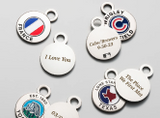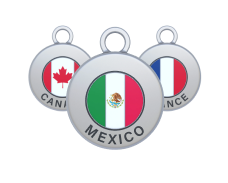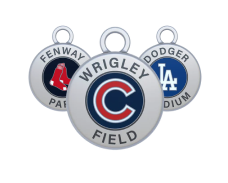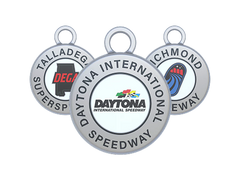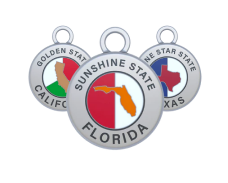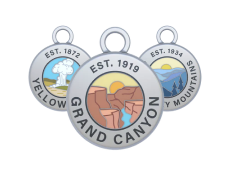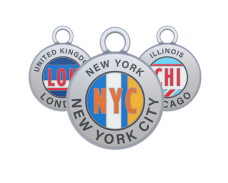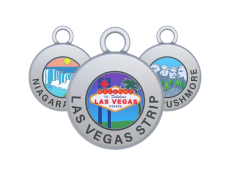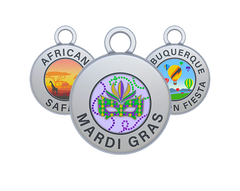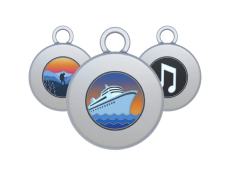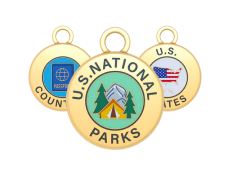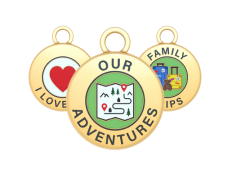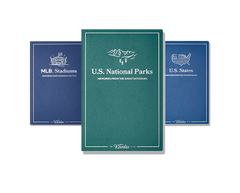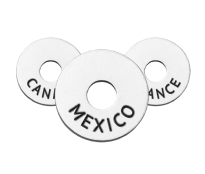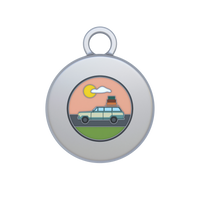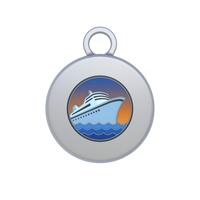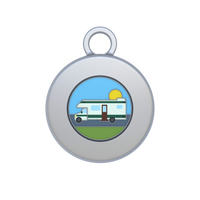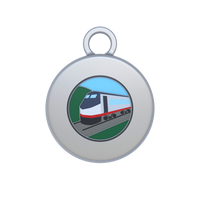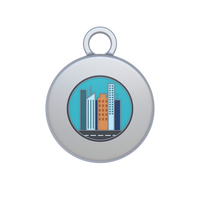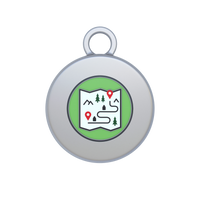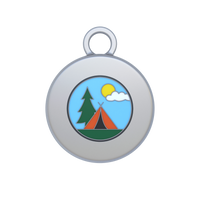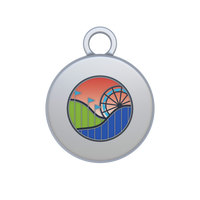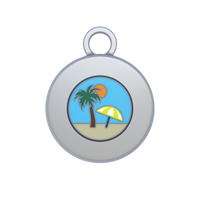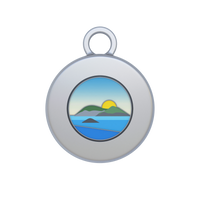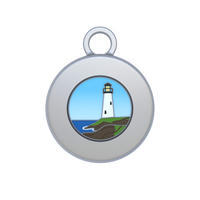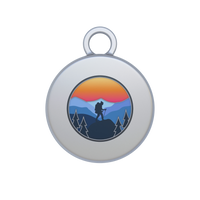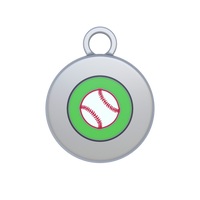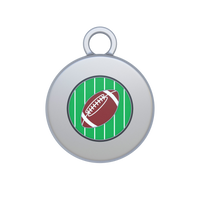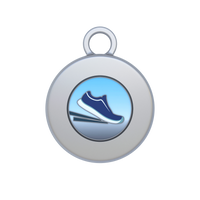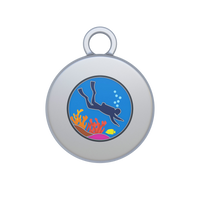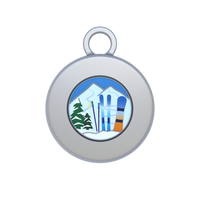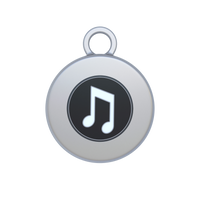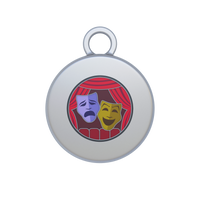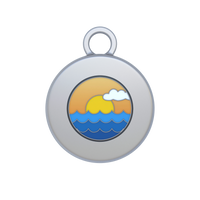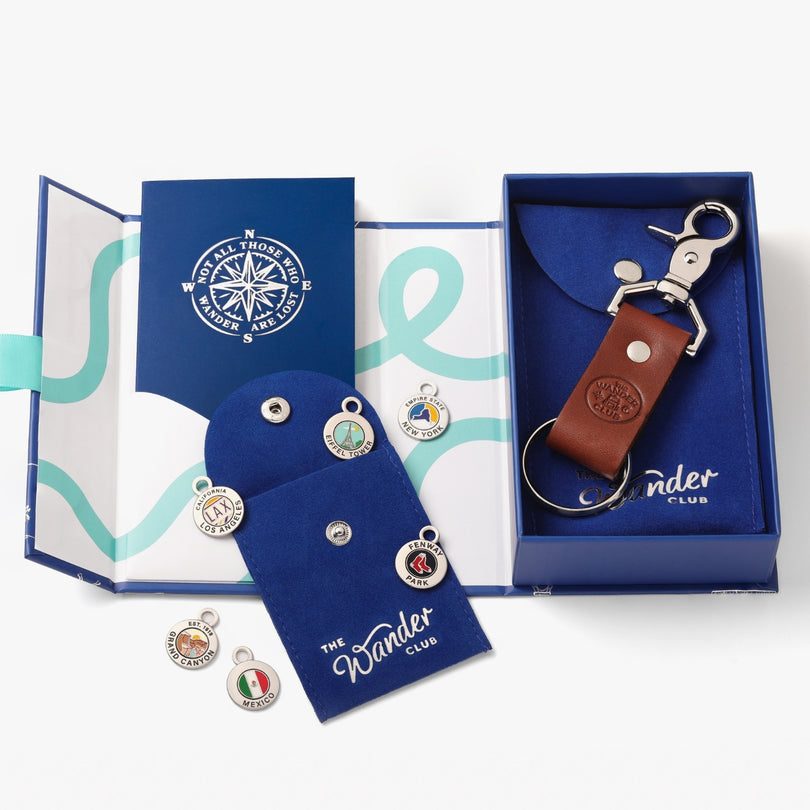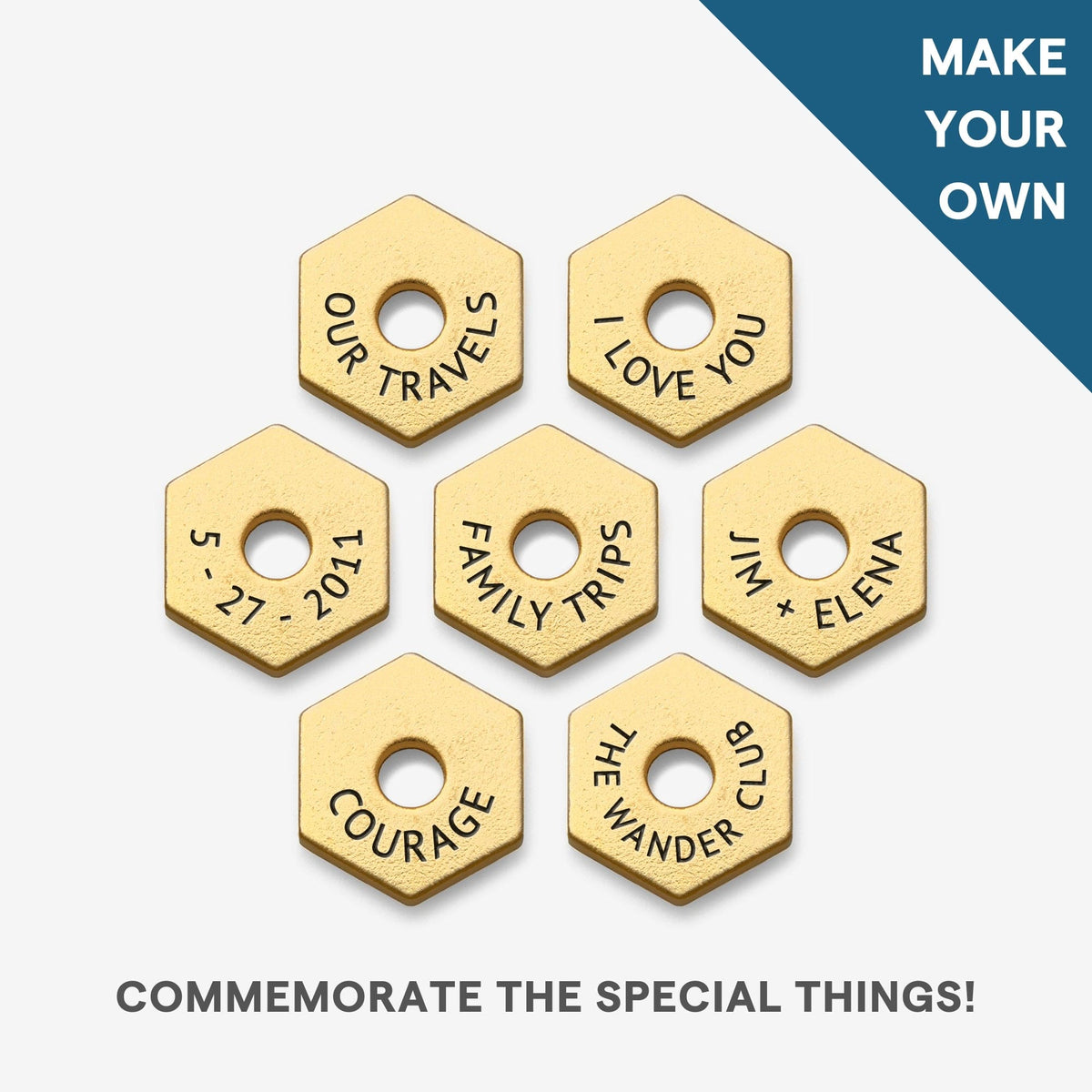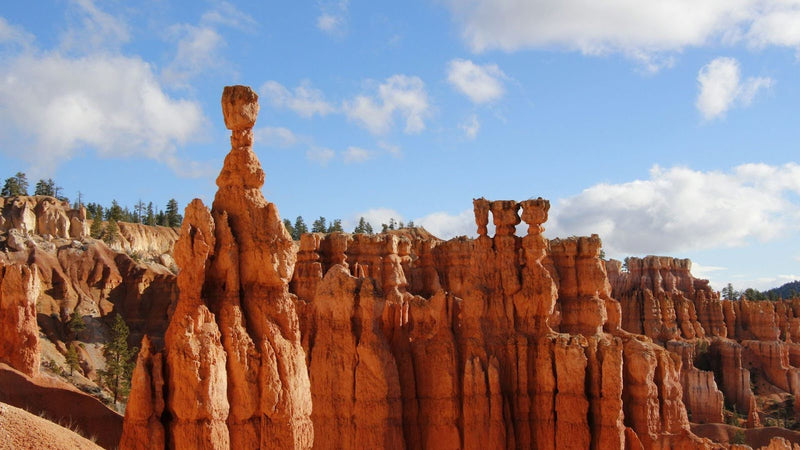
Key Takeaways:
- Iconic Views & Hidden Gem: Discover the must-see overlooks, iconic hikes, and hidden-in-plain-sight experiences of Bryce Canyon National Park, along with practical tips for a memorable visit.
- Family-Friendly Exploration Tips: Learn family-friendly strategies for exploring the park with kids, including timing your visit, choosing kid-friendly trails, and engaging in interactive activities.
- Seasonal Highlights & Planning Essentials: Explore top activities, seasonal highlights, and the best hikes for every skill level, and get packing and preparation tips to maximize your adventure in Bryce Canyon.
Bryce Canyon National Park is a masterpiece of nature, where thousands of hoodoos rise like stone spires from the canyon floor. Here, you can wander trails that weave through towering formations, stand at overlooks that stretch to the horizon, and watch the sky transform at sunrise and sunset. Whether you’re here for the hikes, the photography, or the peaceful moments, the park offers countless ways to experience its extraordinary beauty.
At The Wander Club, we create keepsakes that transform travel memories into lasting treasures. With craftsmanship rooted in quality and designs that reflect each unique journey, we give travelers a way to carry their adventures with them. Every piece is thoughtfully made, connecting people to the places they’ve been and the stories they hold dear, ensuring that travel moments are never forgotten but cherished for years to come.
In this blog, we will explore the most unforgettable things to do in Bryce Canyon National Park, from hiking among its famous hoodoos and visiting panoramic overlooks to discovering lesser-known trails, seasonal highlights, and practical tips to make your trip memorable and well-prepared.
Top Activities In Bryce Canyon National Park
Bryce Canyon National Park offers activities for every traveler, from panoramic viewpoints to trail adventures among towering hoodoos. Whether hiking, photographing, or stargazing, each experience reveals a new angle of the park’s dramatic beauty.
Here are the top don't-miss activities:
Hike The Queen’s Garden–Navajo Loop
This classic combo takes you from rim to canyon floor and back via steep switchbacks. Descend Wall Street’s towering slot of switchbacks (check for seasonal closures), weave among hoodoos, and climb out beneath cathedral-like spires. Start early to avoid heat and crowds.
Stargaze Under Bryce’s International Dark Sky
High elevation plus dry air equals a sky lit with Milky Way detail. Post up at the Bryce Amphitheater overlooks, bundle up, and let your eyes adjust. If timing aligns, join a ranger-led astronomy program.
Snowshoe Or Cross-country Ski In Winter
Hoodoos dusted in snow feel unreal. Rent gear in nearby towns, follow marked routes, and keep your camera ready. Trails can be icy, and microspikes help when conditions are variable.
Horseback Ride The Canyon Trails
Guided rides offer a fresh vantage point and steady pace through the formations. They have a different rhythm: less sprint and more slow-burn immersion.
Photograph Golden Hour From Bryce Point
This vantage delivers deep shadows and layered ridgelines. Morning and late afternoon light carve dimension into the amphitheater; if possible, bring a mid-range lens and a wide-angle.
Explore The Mossy Cave Trail
A shorter, family-friendly walk on the park’s north end with a seasonal waterfall and a cool grotto. Go early; parking is limited, and the creekside stretch is popular in summer.
Spot Wildlife At Dawn And Dusk
Mule deer browse meadows, pronghorn move the open flats, and ravens ride thermals along the rim. Keep distance, pack binoculars, and let the amphitheater’s acoustics carry birdsong your way.
Must-See Viewpoints & Natural Wonders
Bryce Canyon doesn’t actually house a single canyon so much as an amphitheater of stone; millions of years of geologic improvisation sculpted into a maze of towers, fins, and windows that look like a feverish architect dreamed them up. You’re here for those hoodoos; the park delivers them from every angle.
Here’s where to stand, hike, and marvel when the sun throws its long, cinematic light across the formations.
- Sunrise Point: Start early. The orange-pink glow along the rim flicks on like stage lights, and the hoodoos below respond in waves. If you’re itching to drop into the maze, you’ll get an easy first impression of the Bryce Amphitheater and quick access to the Queen’s Garden Trail.
- Sunset Point: It’s the park’s crowd-pleaser for a reason. Stand above the iconic Silent City and let your eyes trace the chessboard of stacked spires. As the sun lowers, shadows cut sharp diagonals across rows of rock, and everything you thought was static becomes kinetic. Stay a beat longer than planned; the afterglow is the real show.
- Inspiration Point: Three tiers, three moods. The upper overlook is the power shot: sweeping views of hoodoos serrated against distant plateaus. You’ll feel small in the best way. The wind is no joke up here, so steady your footing and camera.
- Bryce Point: If sunrise had a favorite seat, this is it. The amphitheater rolls out beneath you like a red-gold ocean. On clear mornings, the entire hoodoo forest catches fire in the light. It’s also a prime spot to appreciate the park’s staircase geology marching toward the Grand Canyon.
- Fairyland Point: Quieter, lighter on crowds, heavy on detail. The hoodoos here are whimsical, oddly delicate, and the Fairyland Loop Trail drops you into a labyrinth that delivers new angles. Bring water, there’s minimal shade and constant temptation to wander farther.
- Natural Bridge: A photogenic sandstone arch framed by deep green ponderosa pines. You don’t hike through it; you admire it from the overlook and consider how many winters it took to carve that curve. Arrive mid-morning for side-lit definition.
- Thor’s Hammer: A classic, like someone balanced a boulder on a toothpick and dared gravity to complain. You’ll spot it along the Navajo Loop descent. It’s a lesson in erosion and patience, and a gauge for the scale of everything surrounding it.
Family-Friendly Tips For Visiting With Kids
Visiting Bryce Canyon with kids is all about blending adventure with accessibility. Proper planning allows you to explore trails, viewpoints, and activities that keep young travelers engaged, comfortable, and excited to discover nature.
- Time Your Visit Smartly: Aim for early mornings or late afternoons to dodge midday heat and crowds. Sunrise at Bryce Amphitheater is dazzling and gentle on little legs, and you’ll snag parking more easily.
- Layer Up And Bring Sun Armor: Bryce sits around 8,000–9,000 feet. Temperatures swing quickly, and the sun bites harder. Pack light jackets, hats, sunglasses, and high-SPF sunscreen. Hydration packs beat water bottles for hands-free sipping.
- Elevation Matters: Kids (and adults) can feel the altitude. Take it slow on the first day, build in snack breaks, and watch for dizziness or fatigue. If anyone feels off, switch to viewpoint hopping until energy bounces back.
- Bring Trail Treats With Structure: Pack salty snacks (electrolytes help at altitude) and set “view-break” snack times to keep morale high. A gummy bear at the next switchback is a surprisingly potent motivator.
- Stroller Strategy: Most dirt trails aren’t stroller-friendly, but the paved Rim Trail between Sunrise and Sunset Points is. A baby carrier with good back support is your best friend elsewhere.
- Wildlife Watch With Boundaries: Mule deer and chipmunks are photogenic and wild. Keep safe distances, store snacks securely, and teach kids “look, don’t feed” as a hard rule.
- Rain Plan Equals Bonus Day: Afternoon thunderstorms are common in summer. Have a backup plan, Visitor Center exhibits, the lodge lobby for downtime, and short scenic drives between squalls.
- Map Out Bathroom Breaks: Restrooms are at major viewpoints and the Visitor Center, but they’re spread out. Before heading down any trail, make a quick “where’s the next restroom?” plan.
- Drive Times For Nap Windows: The scenic drive to Rainbow and Yovimpa Points is perfect for car naps. Wake the crew to hop out at overlooks and stitch together big views without big effort.
- Pack For Sand & Switchbacks: Closed-toe shoes with traction beat sandals, especially on gravelly grades. A spare pair of socks can be a day-saver after dusty trails.
When To Visit: Seasonal Highlights
Bryce Canyon changes personality with the seasons; you’ll feel it from the first step onto the rim.
- Spring (March–May): Snow lingers on hoodoos, creating dreamlike views. Trails may be muddy or icy, so check conditions and pack traction gear. Mild afternoons, active wildlife, and lighter crowds make this an excellent time for layered adventures.
- Summer (June–August): Ideal for first-time visitors with most trails open and shuttles running. Warm days require water and sun protection. Afternoon storms are common; hike early, then explore overlooks. Summer nights are perfect for stargazing in this Dark Sky Park.
- Fall (September–November): Crisp air, golden light, and thinning crowds define autumn. Temperatures are comfortable, and trails like Queens Garden shine in late-day light. Early snow may appear by November. Watch forecasts and the time of sunrises for vivid colors.
- Winter (December–February): Quiet, snow-dusted hoodoos and cobalt skies create a serene setting. Bring traction devices for icy trails and warm layers for chilly days. Snowshoeing and cross-country skiing are popular, with long golden hours ideal for photography.
Packing & Preparation Tips
Bryce Canyon rewards the prepared. The altitude, the sun, and the rugged terrain can sneak up on you, even if you’re just hopping between overlooks, so build your kit with intention.
Hydration Is Non-negotiable
Carry at least 2 liters per person for short hikes; double that for longer routes like Fairyland Loop. Electrolyte tabs or powder help fend off altitude headaches and cramping.
Layer Like A Local
Mornings can be near-freezing, afternoons hot, and winds fierce along the rim. Pack a breathable base layer, a warm midlayer (fleece or light puffy), and a windproof shell. In winter, add microspikes for icy trails.
Footwear You Can Trust
Trail runners or light hikers with good tread are perfect for hard-packed switchbacks like Navajo Loop. Wool socks prevent blisters and manage sweat in changing temps.
Trekking Poles Pay Off
Descents into the amphitheater are steep and sandy. Poles save knees on the way down and add stability on the climb out.
Smart Snacks, Steady Energy
Think salty, slow-burn, trail mix, jerky, nut butter packets, and dried fruit. Keep a snack handy for the climb back to the rim.
Weather-aware Is Trail-aware
In summer, afternoon thunderstorms are common; if thunder rolls, leave exposed rim areas. In winter, check trail closures and road conditions before you go.
Pack A Small First-aid Kit
Blister care (moleskin, tape), bandages, an emergency blanket, and a whistle are also helpful. A headlamp is also useful in case the sunset lasts a long time.
Time Your Start
Golden hour at Sunrise/Sunset Point is spectacular, but parking fills up quickly. Aim for early mornings or late afternoons to dodge crowds and catch the best light.
Prep like this and you’ll spend less time scrambling for essentials and more time soaking in the hoodoos, the silence, and the endless blue sky.
Final Thoughts
You’ve got the hoodoos, the trail names, the sunrise spots, and the stargazing intel. Now it’s your turn to lace up and write the next chapter. Whether chasing that first glimpse of Bryce Amphitheater glowing at dawn or ticking off another national park from your list, you’re joining a community of wanderers who collect moments and keep them close.
At The Wander Club, we’re here to help you bookmark those memories. Grab a Bryce Canyon Token from our collection of National Park Tokens, customize it with a date or initials, and clip it to your Wanderchain so it travels with you. Every Token is solid, colorful, and built to last, just like the stories you’ll tell about that switchback on Navajo Loop or the silence of a winter rim walk.
Read also:
- The Best Hikes, Views & Wildlife In Rocky Mountain National Park
- Explore Acadia: What To Do, See, And Eat On The Maine Coast
- 10 Unique Outdoor Winter Sports to Try
Frequently Asked Questions About Things To Do In Bryce Canyon National Park
What is Bryce Canyon National Park known for?
Bryce Canyon is famous for its hoodoos – towering rock spires in vibrant shades – plus sweeping amphitheaters, pristine night skies, high-elevation forests, and wildlife. Iconic viewpoints like Bryce, Inspiration, and Sunset Points make it a compact yet awe-inspiring park.
When is the best time to visit Bryce Canyon?
The best time to visit depends on your preference. Spring brings wildflowers and mild temperatures, summer offers ranger programs but bigger crowds, fall delivers crisp air and fewer visitors, and winter provides snowy, peaceful landscapes ideal for photography and snowshoeing.
How do I get to Bryce Canyon National Park?
Bryce Canyon is accessible by car from Las Vegas, Salt Lake City, or nearby parks like Zion. Regional airports include St. George and Cedar City. The free Bryce Canyon Shuttle in peak season helps visitors reach major viewpoints without parking stress.
Is there an entrance fee for Bryce Canyon?
There is a park entrance fee per vehicle, motorcycle, or person, valid for seven days. Frequent visitors can save with the America the Beautiful annual pass. Check the NPS website for current prices.
What are the most popular hiking trails in the park?
Popular hikes include the Navajo Loop and Queen’s Garden combination, Rim Trail, Peekaboo Loop, Fairyland Loop, and Mossy Cave. Start early, carry water, and wear sturdy footwear, as trails can be steep, sandy, and at high elevation.
Are there guided tours available in Bryce Canyon?
Guided tours include seasonal ranger-led walks, geology talks, and stargazing programs. Local outfitters offer guided hikes and photo tours, while the scenic drive to Rainbow and Yovimpa Points provides an excellent self-guided experience.
